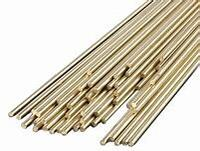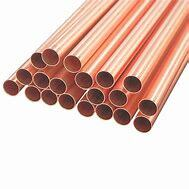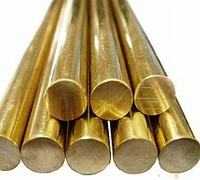1. Introduction
In the past 48 hours, recyclers across the U.S. and Europe have reported a surge in demand for clean, stripped copper due to rising global copper prices—now hovering near $9,000 per metric ton. With scrap yards paying premium rates for bare bright copper, knowing the best way to strip copper wire has never been more valuable. Whether you’re salvaging from old appliances, construction waste, or HVAC systems, this guide shows you how to strip copper wire safely, legally, and profitably.

Stripping copper wire isn’t just about removing insulation—it’s about preserving the metal’s value. Burning copper wire for scrap is illegal in many areas and damages the copper, reducing its resale worth. Instead, use mechanical or manual methods that keep the copper intact and clean.
2. Why Stripping Copper Wire Matters
Unstripped copper wire fetches significantly less at scrap yards than bare bright copper. For example, insulated wire might sell for $1.50/lb, while stripped copper can go for $3.50/lb or more. That’s why learning the best way to strip copper cable pays off—literally.
Beyond scrap value, properly stripped copper is essential for reuse in electrical projects, earthing systems (like copper earth rod installations), or crafting components such as copper strip for earthing or flexible copper bus bar assemblies.
3. Tools You’ll Need
- Wire strippers (manual or automatic)
- Utility knife (for thick cables)
- Rotary wire stripper or benchtop stripper (for volume work)
- Safety gloves and goggles
- Bucket or container for sorted copper

Avoid using open flames—burning copper wire for scrap releases toxic fumes and oxidizes the metal, making it less desirable to buyers.
4. Step-by-Step: How to Strip Copper Wire
4.1. Sort Your Wire First
Separate copper wire by type: THHN, Romex, coaxial, or motor windings. Thin copper strips from electronics require different handling than thick 6-gauge grounding wire used with an earthing rod copper system.
4.2. Choose the Right Method Based on Volume
For small jobs (under 10 lbs): Use manual wire strippers. Cut a slit along the insulation, then peel it back. This works well for stripping copper wire for scrap from household wiring.

For medium to large volumes: Invest in a handheld rotary stripper or a foot-pedal bench model. These quickly remove insulation without nicking the copper—a must for maintaining high scrap value.
4.3. Avoid Common Mistakes
Never burn insulation off. Not only is it hazardous, but it turns valuable bare bright copper into tarnished, low-grade scrap. Also, don’t mix aluminum with copper—scrap yards penalize contamination.
4.4. Clean and Bundle
After stripping, wipe the copper with a dry cloth to remove dust or residue. Bundle similar gauges together. Clean, sorted copper sells faster and at better rates—especially if you’re selling copper strip near me or to local recyclers.
5. What to Do with Other Copper Products
While stripping wire is common, you may also encounter related items like copper rod, copper round bar, or copper tubing from air conditioning units (aircon copper pipe). These don’t need stripping but should be cleaned and separated.
For example, copper bonded ground rods or copper clad steel earth rods are often used in grounding systems and can be sold as-is. Similarly, flat copper strip—like 1mm copper strip or beryllium copper strip—is valuable in electronics and should be kept intact, not cut unnecessarily.
If you’re working with copper pipework from HVAC systems (e.g., 15mm copper pipe or 22mm copper tube), clean off flux or solder before selling. Resoldering copper pipe isn’t needed for scrap—just ensure it’s free of contaminants.
6. Maximizing Profit: Tips for Recyclers
- Always call ahead: Scrap yard prices vary daily. Check copper rod price and copper strip price trends online or via apps.
- Keep records: Some yards require ID and purchase logs for copper sales due to theft concerns.
- Don’t overlook small sources: Old transformers, motors, and even copper tape for snails (used in gardening) contain recoverable copper.
Remember, nickel plated copper strip or copper alloy strip may have different values—ask your recycler before mixing batches.
7. Conclusion
Stripping copper wire for scrap doesn’t have to be tedious or dangerous. With the right tools and techniques, you can turn old cables into serious cash while staying compliant with environmental and safety regulations. Whether you’re dealing with copper to copper welding rod scraps, leftover copper strip roll, or salvaged air conditioner copper pipe, proper handling ensures maximum return. Start small, stay safe, and let rising copper prices work in your favor.
Our Website founded on October 17, 2012, is a high-tech enterprise committed to the research and development, production, processing, sales and technical services of ceramic relative materials such as How. Our products includes but not limited to Boron Carbide Ceramic Products, Boron Nitride Ceramic Products, Silicon Carbide Ceramic Products, Silicon Nitride Ceramic Products, Zirconium Dioxide Ceramic Products, etc. If you are interested, please feel free to contact us.

